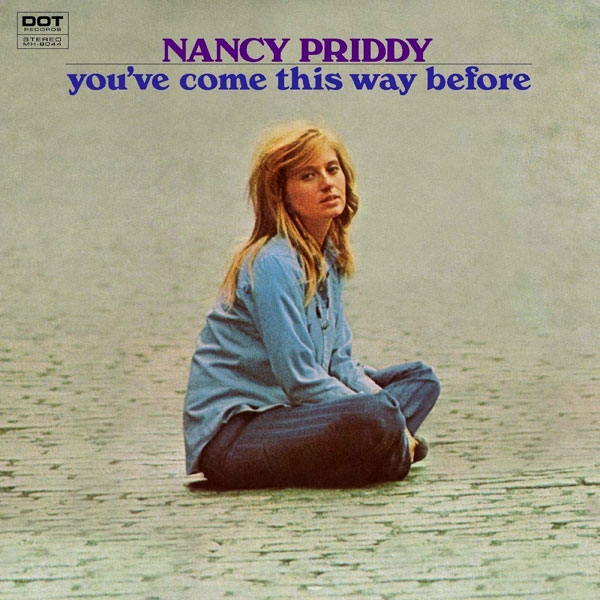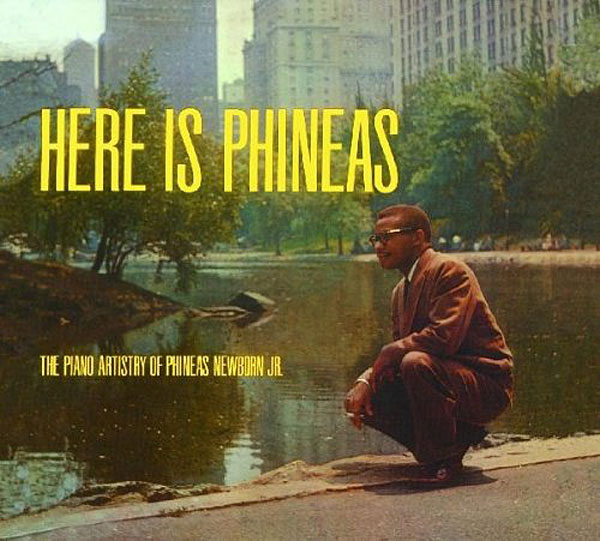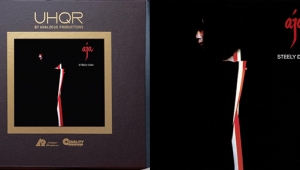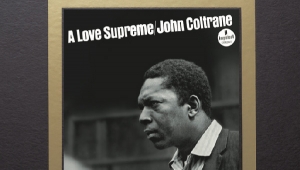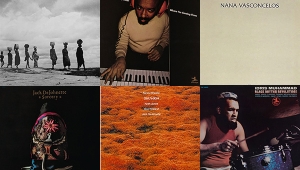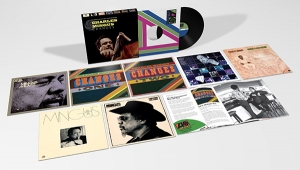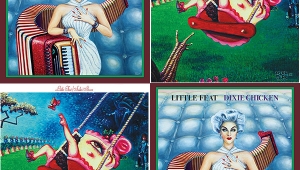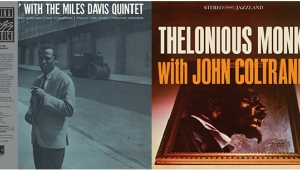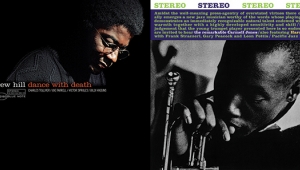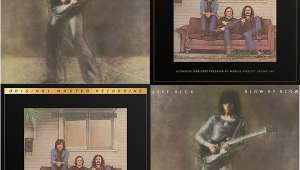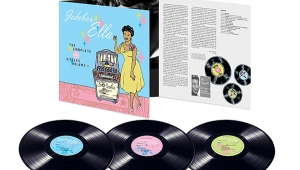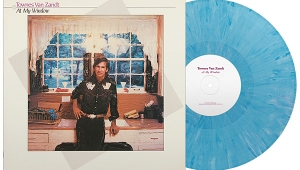| Columns Retired Columns & Blogs |
Nice work, MrAD.
I'm just now discovering The Jazz Shepherd.
This YouTube Music Reviewer & working DJ is fascinating, he plays what he is reviewing.
You lads are entering an exciting world of discovery and connectivity.
I never had an Audio Industry World so immensely wonderful!!
Tony in Venice
ps. Mr.Micalleff's recent YouTube brought us: The Jazz Shepherd, bringing us Hadda Brooks , thank you!
